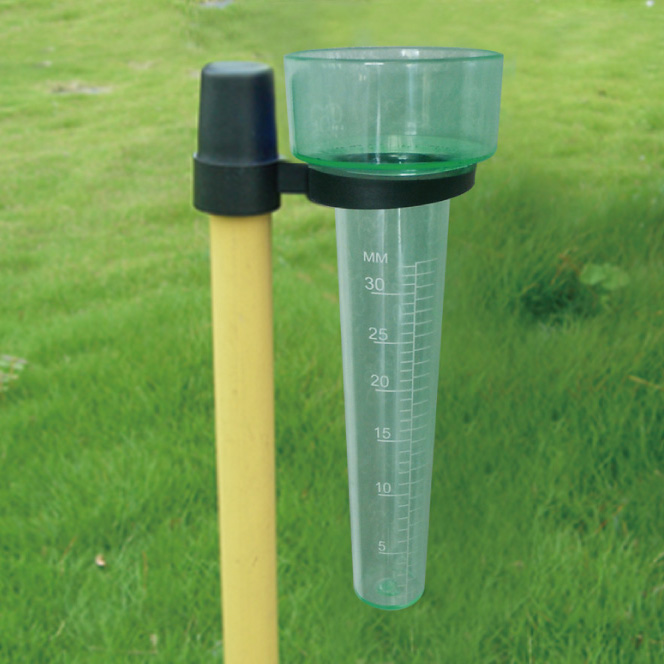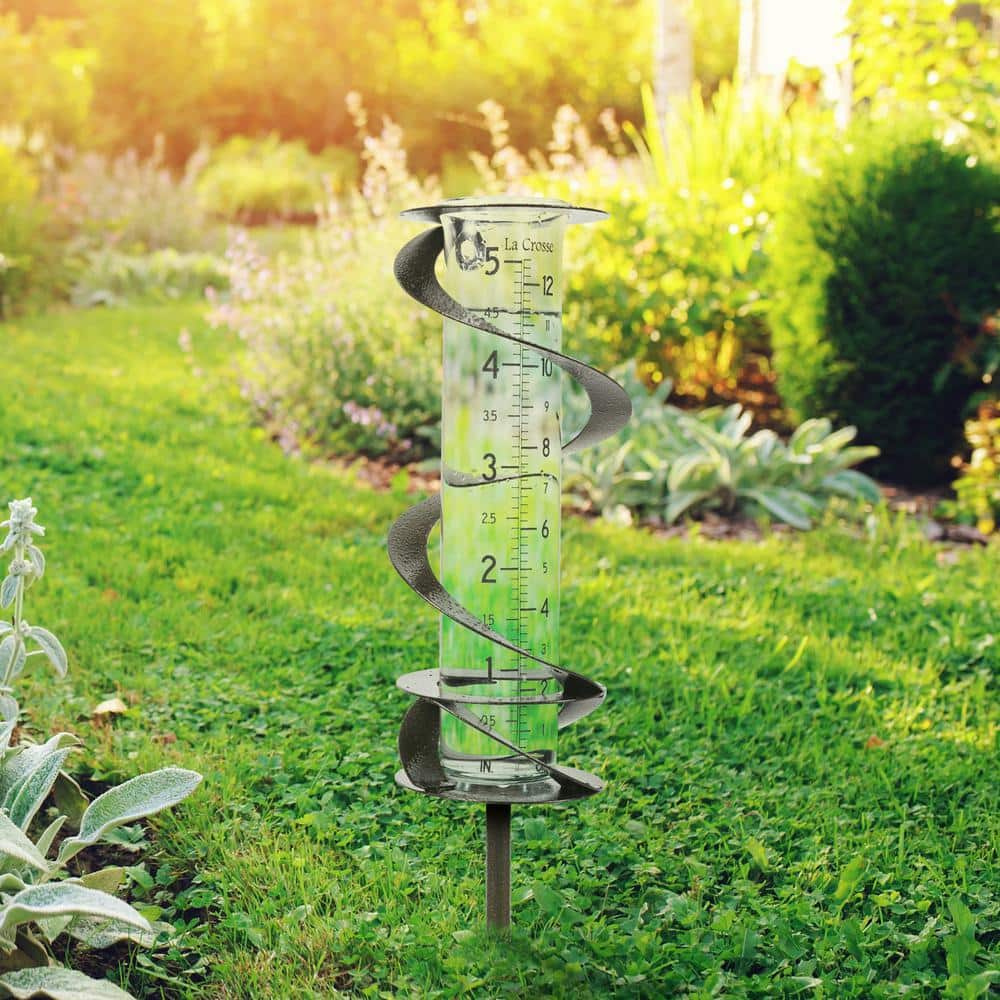Understanding Rainfall Gauge Measurements: A Total Overview
Understanding Rainfall Gauge Measurements: A Full Guide is a detailed source for anybody looking for a deeper understanding of rainfall scale measurements. Rain is a vital consider different sectors, consisting of meteorology, farming, and water source administration. This overview intends to provide visitors with a comprehensive understanding of the relevance of rain scale measurements, the different kinds of rainfall determines offered, and just how these dimensions are gotten and interpreted. In addition, it checks out the aspects that can impact the precision of rainfall scale readings and uses functional pointers for getting precise measurements. Whether you are a specialist in the area or merely have a curiosity about rainfall measurement, this guide will equip you with the knowledge needed to efficiently use rain gauge dimensions.
The Significance of Rain Gauge Measurements
The value of rain gauge dimensions hinges on their function as a crucial device for precisely evaluating and keeping track of rainfall levels - The Rain Gauge. Rainfall gauge dimensions offer important data that aids hydrologists and meteorologists understand patterns and trends in rains, which consequently aids in numerous fields such as farming, water resource management, and environment research

Precise rainfall measurements are crucial for agriculture as they help in determining irrigation needs, crop development, and return predictions. Farmers rely upon this info to make informed decisions concerning when to water their crops, avoiding water wastage and guaranteeing optimum plant health. Additionally, rains data helps in evaluating the effect of droughts or too much rains on crop production, allowing farmers to take suitable measures to decrease losses.
Water resource administration heavily counts on rainfall gauge dimensions to establish the quantity of water readily available in reservoirs, rivers, and lakes. Accurate measurements enable water supervisors to make enlightened choices concerning water allotment and circulation, guaranteeing sustainable usage and preventing shortages. This details is especially vital in regions where water deficiency is a pushing problem.
Moreover, rain gauge dimensions play a crucial function in climate research study. By accurately determining rainfall over extended periods, researchers can assess lasting climate patterns and determine modifications in rainfall patterns because of climate modification. This data helps policymakers and scientists create methods to adjust to and reduce the results of climate change.
Kinds of Rain Gauges
There are different kinds of rain determines used to gauge rainfall precisely. Each type has its own benefits and restrictions, making them ideal for different objectives and settings.
One of the most common kind of rainfall gauge is the basic cylindrical gauge. It consists of a round container with a broad funnel-shaped top to collect rain (The Rain Gauge). The water is after that funneled right into a finished gauging tube, enabling precise measurement of the amount of rainfall
One more type is the evaluating rain scale. This scale utilizes a delicate equilibrium to determine the weight of the accumulated rains. By transforming the weight into volume, the amount of rainfall can be established. Evaluating rain determines are specifically useful in locations with frozen rainfall or heavy rains, as they are not affected by spraying or evaporation.
Tipping bucket rain gauges use a mechanism that ideas a small container each time it collects a particular amount of rain. The number of ideas is recorded and made use of to calculate the rains. This sort of gauge is frequently made use of in automated weather stations due to its low maintenance requirements and ability to offer real-time information.
Finally, there are radar-based rainfall determines that usage radar modern technology to estimate rainfall. These evaluates determine the strength of rains in a specific location by evaluating the shown radar signals. They are specifically beneficial for determining rainfall over huge areas or in remote locations.
Exactly How Rain Gauge Measurements Job
Rainfall scale measurements are based on the concept of accumulating and determining the quantity of rainfall. These instruments are developed to capture rainwater and offer a precise dimension of the rainfall in a particular area.
The most common sort of rainfall scale is the basic cylindrical gauge. It includes a round container with a wide opening at the top to accumulate rainwater. The gathered water is after that channelled right into a measuring tube, which is adjusted to supply the dimension in systems of size, normally millimeters or inches.
One more sort of rain scale is the tipping bucket scale. When they reach a specific weight threshold, it makes use of a seesaw-like device with two pails that tip. Each tip of the bucket represents a certain quantity of rains, allowing for exact dimensions.
Some innovative rainfall assesses are furnished with digital sensors that instantly record and transfer data. These sensors use numerous innovations such as ultrasound or laser to measure the quantity of rains precisely.
Aspects Influencing Rainfall Gauge Accuracy
Factors that can affect the precision of rain gauge measurements include different environmental and operational variables. Ecological aspects such as wind, temperature level, and air pressure can dramatically impact the accuracy of rain gauge measurements. Solid winds can cause the rainfall scale to move or tilt, leading to inaccurate analyses. Likewise, severe temperature levels can create dissipation or freezing of the collected rain, causing distorted measurements. Modifications in air pressure can also affect the accuracy of rain scale measurements, as they can change the price at which rainfall is collected.
Operational variables, on the various other hand, describe factors connected to the style, setup, and maintenance of the rainfall gauge. The placement of the rainfall gauge in an area with blocked air flow or near structures or trees can cause incorrect readings as a result of obstruction or splattering of rains. Moreover, inappropriate calibration or uneven maintenance of the rainfall gauge can likewise impact its precision.
To ensure the precision of rainfall read the article gauge measurements, it is important to take into consideration these elements and take proper procedures. This might entail choosing an appropriate place for the rainfall gauge, making certain proper installation and maintenance, and frequently calibrating the tool. By attending to these aspects, accurate and trusted rainfall measurements can be obtained, which are critical for numerous applications such as weather condition forecasting, hydrological researches, and agriculture.
Tips for Precisely Measuring Rainfall
To guarantee accurate rains dimensions, it is important to apply details methods and approaches when making use of a rain gauge. Here are some suggestions for accurately measuring rains:
Proper Placement: Put the rain gauge in an open location, far from trees, buildings, and other blockages that might hinder the rains collection. It must be positioned on a level surface to prevent water pooling or runoff.

Check Out the Range Correctly: When taking dimensions, checked out the water level at eye level from the base of the lens. Avoid parallax errors by straightening your sight straight with the water level.
Regular Time Period: Establish a regular time interval for measuring rains, such as every 24 hr or after each rainfall occasion. This makes certain accurate monitoring and comparison of rainfall information.
Document Measurements Without delay: Tape rains measurements asap after collection to stop dissipation or spillage. Make use of a rainfall gauge with an integrated information logging attribute for automated recording.
Conclusion
In verdict, comprehending rain gauge measurements is vital for precisely measuring rainfall. Various kinds of rain determines are readily available, each with their own advantages and restrictions. It is essential to take into consideration factors that can affect the precision of rainfall gauge dimensions, such as placement, dissipation, and wind. By adhering to the suggestions provided, one can make certain much more specific and trusted rainfall dimensions.
Recognizing Rainfall Scale Measurements: A Complete Guide is an extensive source useful content for anybody seeking a much deeper understanding of rain scale dimensions. Whether you are a specialist in the field or simply have a curiosity concerning rainfall measurement, this overview will outfit you with the knowledge needed to efficiently use rain scale dimensions.
The most common kind of rain gauge is the conventional round gauge.The most usual kind of rain scale is the common cylindrical scale.Another type of rain gauge is the tipping visit their website container scale.